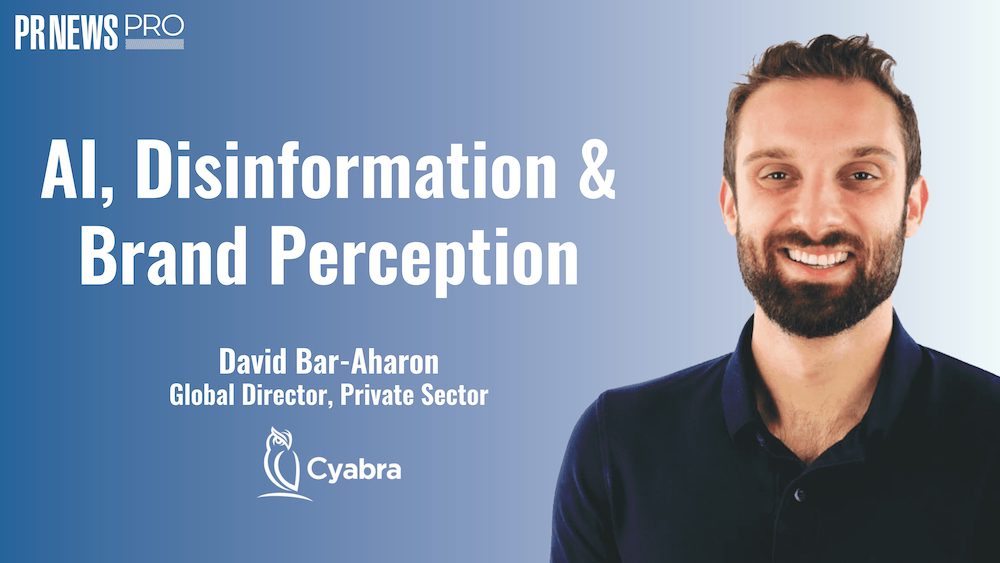MassMutual’s Retirement Services division is using e-mail newsletters to promote its products to brokers and investors.
“Our distribution model consists of MassMutual career agents, financial advisers and third-party administrators,” says Ian Sheridan, CMO of MassMutual Retirement Services. “It’s our mission every day to make sure they’re aware of our value proposition, because awareness translates into consideration.”
“People typically spend more time on things like tweaking their MySpace profiles than planning for retirement,” says Jeffrey Mesnik, vice president of business development at IMN in Waltham, MA, which helped MassMutual develop its e-communications strategy. “We’re trying to change that behavior. People don’t always do what’s best for them. How do you convince people to eat an apple when a candy bar is sitting there?”
Springfield, MA-based MassMutual Financial Group was founded in 1851 and has more than $500 billion in assets under management. The Retirement Services division started over 60 years ago and manages some $40 billion in assets for about 1 million participants. Approximately 2,000 financial advisers sell the company’s retirement products.
MassMutual began working with IMN about five years ago. Its goal, essentially, was to educate the intermediaries, brokers and consultants who sell retirement programs, says Mesnik.
Sheridan says there’s an overall universe of 250,000 to 300,000 registered financial services representatives in the United States. If you look at the 401(k) space, he says, you’ll see there are 15,000 to 20,000 who work with retirement plans, and maybe 7,000 to 10,000 of those reps work on retirement plans full time.
“Our goal was to reach out to the investment buyer community and build relationships with those advisers who are truly focused on retirement plans,” Sheridan says.
Today MassMutual has an active subscriber file of 7,000 financial advisers who regularly read the quarterly newsletter, says Kris Gates, director of distribution marketing.
The newsletter goes to intermediaries who sell products, such as brokers and third-party plan administrators. Content — usually centered around fiduciary and regulatory issues — is chosen based on financial advisers’ reactions to past newsletters. Gates notes that MassMutual considers the types of companies that open certain kinds of content, to see if a particular firm is concerned about a given subject. Then programs such as online seminars can be designed to meet those needs.
“The newsletters do create awareness,” says Sheridan, adding that at any time over 30% of the reps interact with MassMutual via the newsletters. “We’ll see seminar attendance on a particular topic increase after high readership of an article on that topic in the newsletter. And this can help us [identify] concepts that add value for the advisers.”
Newsletter content typically includes things like ongoing regulatory changes to retirement program rules, and how those changes might affect investors’ lives. To gauge the success of the newsletter programs, Mass Mutual is looking at opens and clickthroughs, as well as how much time is spent with the newsletter.
Working with IMN, MassMutual is able to personalize the newsletters with content of interest to specific audience segments. “This helps create one-on-one action with the people who sell the products,” says Gates.
Besides driving seminar attendance, the newsletters are used to promote appearances at trade shows and to generate booth traffic. But the program’s core is building relationships — and ultimately, sales.
“We have career agents throughout the United States and this gives them an opportunity to build relationships daily,” Sheridan says. “It can help agents determine the needs and desires of [prospects] and help them move people from awareness to actual consideration and then to active proposals for 401(k) plans.”
Magilla Marketing, Ken Magill’s weekly e-mail newsletter, is archived at http://directmag.com/magill/.
 Network
Network



